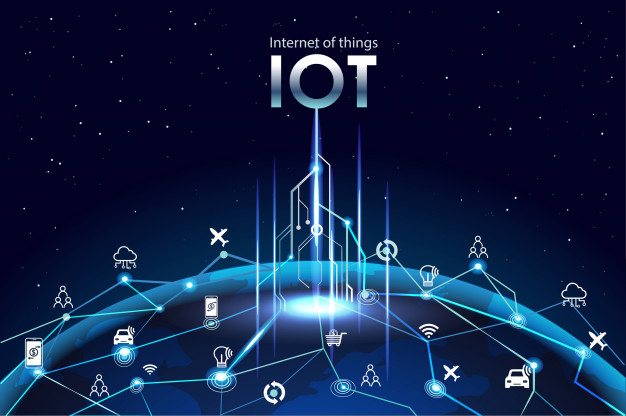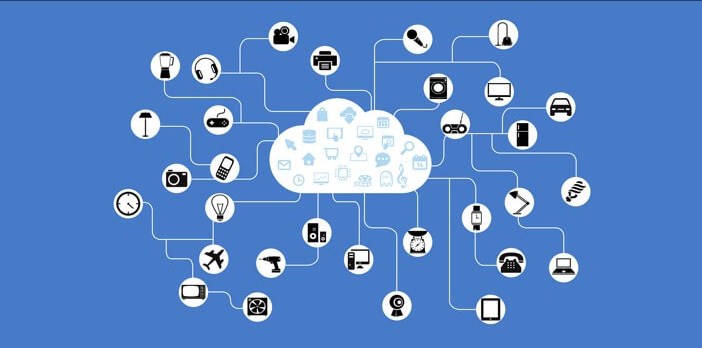
As we are entering to 2020, it’s time to look back at construction industry trends over the past few years. Construction Industry is one of the Industries which have a constant hike for decades.
The global construction market is driven by China, the US, and India. As per research US construction market to grow faster than China over the next 15 years. India to provide a new engine of global growth for construction in emerging markets, growing at almost twice as fast as China — Europe will not recapture its ‘lost decade’ but the UK will be continental Europe’s stand-out growth market, overtaking Germany to become the world’s sixth-largest construction market by 2030 as per a new report released – Global Construction 2030 – forecasts the volume of construction output will grow by 85% to $15.5 trillion worldwide by 2030, with three countries – China, US and India – leading the way and accounting for 57% of all global growth.
The benchmark global study – the fourth in a series from Global Construction Perspectives and Oxford Economics – shows average global construction growth of 3.9% pa to 2030, outpacing that of global GDP by over one percentage point, driven by developed countries recovering from economic uncertainty and emerging countries continue to industrialize.
China’s share of the world construction market will increase only marginally as growth slows in the world’s largest construction market to 2030. In comparison, US construction will grow faster than China over the next 15 years – growing by an average of five percent per annum.
Meanwhile, we’re due to see a surge in construction rates in India as it overtakes Japan to become the world’s third-largest construction market by 2021. China’s transition to a consumer and services driven economy provides an opportunity for growth in new types of construction in healthcare, education and social infrastructure, as well as retail and other consumer end-markets.
The construction market in India will grow almost twice as fast as China to 2030, providing a new engine of global growth in emerging markets. India’s urban population is expected to grow by a staggering 165 million by 2030, swelling Delhi by 10.4 million people to become the world’s second-largest city.
 Although globally construction industry is growing more rapidly than the overall economy, with developed markets forecast to rebound from their depressed levels, many will not be back to their previous peak levels even by 2030.
Although globally construction industry is growing more rapidly than the overall economy, with developed markets forecast to rebound from their depressed levels, many will not be back to their previous peak levels even by 2030.
The current weakness in most emerging countries is likely to be temporary, with higher growth rates soon returning. In the US construction growth will tilt towards the southern states, reflecting the region’s greater catch-up potential and higher population growth.
Construction is likely to be one of the most dynamic industrial sectors in the next fifteen years and is utterly crucial to the evolution of prosperous societies around the world. The numbers within this report are huge and that translates as creating vast numbers of new jobs and creating significant wealth for certain countries across the globe.
The forecast and report describe the medium and longer-term prospects for the global construction industry, giving forecasts showing how the global construction industry will evolve as the recovery from the global financial crisis transitions into new opportunities, challenges, and uncertainties.
The report provides forecasts of growth and gives analysis for all major construction markets globally to 2030 and also provides forecasts and analysis for infrastructure, housing and non-housing sectors globally and key regions and markets. This ensures complete consistency between the broad economic outlook and the prospects for the construction industry worldwide.
2019 has been an interesting year for the construction industry, with many changes to supply routes and technology. With the continuing growth and evolution of the construction industry, companies must stay up-to-date if they want to remain competitive.
The major rising trends to the construction industry that will increase the competition in 2020 are listed as below,
1. Construction Management Software:
The world is driven by technology, hence in the Construction industry. Construction project management software is getting increasingly more advanced and easy to integrate on the job site. Many project management solutions are bundling scheduling, project management, and timekeeping to better serve construction companies.
2. Robotics:
Technological advancements in the construction industry aren’t limited to just software. Drone usage is becoming increasingly popular with construction companies as the technology advances and becomes more affordable. Drones sometimes referred to as Unmanned Aerial Vehicles (UAV’s), and are useful on construction sites for surveying the job site and ensuring workers are kept out of potentially dangerous situations. Drone usage is increasing safety, accuracy, and efficiency on the job site and has the additional benefit of gathering information for survey data.
3. Green Technology:
It’s already in trend. Green construction is a growing field in construction, as increasingly more buildings and plans are looking for ways to incorporate sustainability into the construction process. Green construction refers to the building of projects in an environmentally responsible and resource-efficient way. It covers all stages of a project, from planning and design to construction, maintenance, and demolition.
The construction industry accounts for about 20% of global emissions. By constructing environmentally friendly buildings and focusing on longevity and sustainability, construction companies can create a win-win situation: a building that is both economically and environmentally efficient.
4. Modular and Prefabricated Construction:
Modular construction companies are making waves in the industry because of the significantly expedited rate at which they can build residential and commercial buildings. Modular construction is a prefabricated approach to building repetitive structures, so office buildings, hotels, apartments, and popularity through 2020.
 5. Safety Equipment:
5. Safety Equipment:
Another construction industry trend that will continue into 2020 is the standards and use of better safety equipment products. Due to the hiring number of accidents and deaths related to construction, it’s clear that there will be a push for better safety equipment.
There are a pair of work boots that can connect to Wi-Fi, send GPS coordinates, and can even tell if users have fallen or are tired. While these smart boots may be hard to get now, they could eventually be a commonplace item on the job site. There is also more plausible technology being implemented, such as the use of moisture-wicking fabric and cooling vests.
6. Project Management Solutions:
The number of companies producing their modules for current project management solutions has increased within the last couple of years. So too has the number of companies that are creating construction project management solutions.
Project management solutions now have features such as time solutions, equipment rentals, and change orders in addition to traditional project management options. With all of these changes, it is easier for construction companies to manage their projects. Project management software can keep all documents related to the project in one location, which can help subcontractors and contractors get paid at the end of a project.
7. Sustainability:
While sustainability might seem like the same trend as a green technology, green technologies are products that can better or create a carbon-neutral footprint. But sustainability is part of the methods and business models that make the world a better place.
Sustainable construction includes the preservation of the environment and efficient use of resources with a focus on social progress and culture. Sustainable construction goes beyond everyday efforts such as using LED bulbs or recycling; it entails starting from the source and constructing an entire building to be energy-efficient and cost-effective. A sustainable future is part of the construction industry trends that will continue into 2020.
8. Building Information Modeling:
Building information modeling, or BIM, is another growing construction industry trend that will carry over into 2020. BIM is a way of representing buildings, roads, and utilities through computer-generated images to help contractors visualize a construction process before it is built.
Architects and engineers can use the models to visualize how building materials will hold up over time. BIM technology is both economically and environmentally beneficial to the construction industry.
9. Virtual/ Augmented Reality:
Virtual reality has been around for a few years now, but the construction industry is finding a plethora of new applications for it in 2019 that are sure to be used in the future. Virtual reality allows users to experience complex logistics first-hand to get a more accurate gauge of the project. It helps provide a digital visualization of our real world with added data to augment the experience and allows for a 360-degree view of the project.
10. Rising Costs and Labor Shortages:
Not all of the trends in the construction industry are looking upwards. Increasing material costs is one of the unfortunate construction industry trends that will continue into 2020. With more temperate weather and longer daylight hours comes an increase in demand for both materials and labor, driving up the price for both. The construction industry is facing an increase in construction costs year after year, making profit margins slimmer than ever.
There are nearly a quarter of a million unfilled construction jobs in the United States, and that number doesn’t look like it’s going to improve any time soon. The main issue with it is that there is a boom in the number of projects that need to be built, but the rate of production has slowed or stalled due to the labor shortage. Companies are turning to modular and prefabricated construction to make project deadlines with fewer workers, but this solution is only a temporary one to manage the dwindling number of workers.
Accu DB has an email list of all such market leaders. Contact us to hike your business.
Read More








